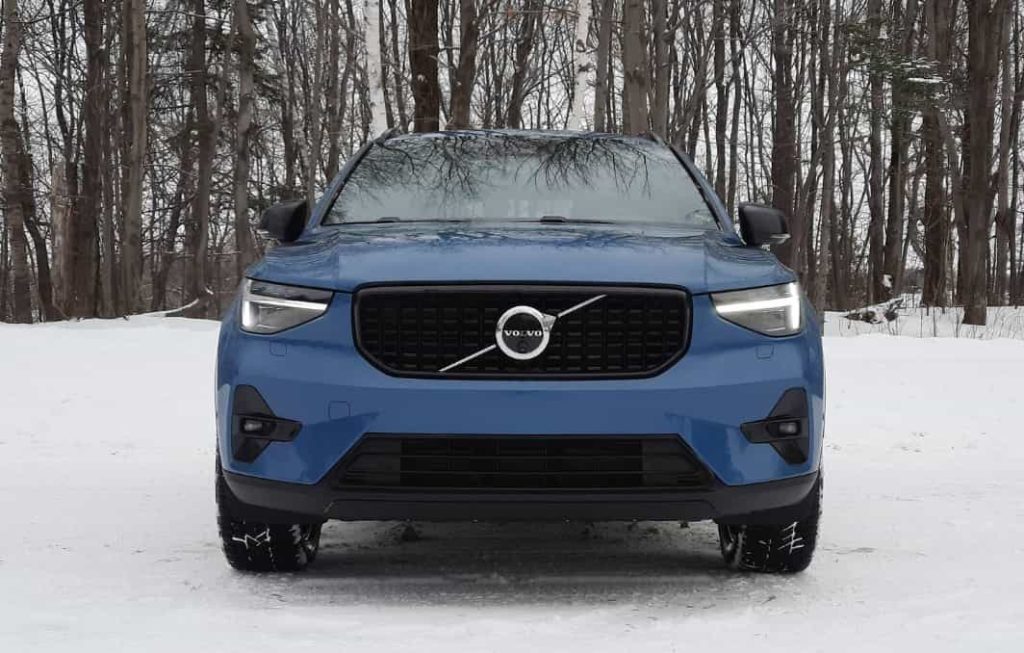So your Volvo won’t start in cold weather… That’s certainly an inconvenience!
You want to have an easy start experience with your vehicle, especially when you have a schedule to meet. But there are times when things simply do not work out the way you want them to.
Moreover, the cold weather is usually to blame for difficult start issues with the car. Surprisingly, it is not always a battery problem. There is more to this starting issue in the cold weather than what you may think!
So today, we will cover this topic on why your vehicle has a rougher time to start during the cold weather and what you can do about it. Let’s jump right into it!

Contents
Why Volvo Won’t Start In Cold Weather
First, let us talk about the common causes of starting issues with your Volvo when the weather is cold. This will help you determine the right course of action you can take.
1. Corrosion problem
In this case, the battery may be dealing with some corrosion issues, which can prevent you from starting your vehicle. While the battery appears to be just fine, in the event that a chemical reaction of the battery acid comes into contact with the battery terminals’ metal components, this can lead to corrosion. Thus, it prevents electricity flow, which then restricts you from starting the car.
Thankfully, it is a problem with an easy fix. For example, you can clean the corrosion off using a wire brush. Afterwards, use some jumper cables to jumpstart your vehicle, and it should be good to go.
2. Alternator issues
Your alternator charges the battery. So obviously, if you have a faulty alternator, it should lead to starting concerns. This is why even with a new battery, your vehicle may still fail to start when you have a malfunctioning or even damaged alternator. Your only option is to replace the alternator, which can be quite an expense.
3. Blockage to the fuel line
You may be experiencing some problems with your fuel line, which leads to starting problems with the Volvo. What this means is that the fuel lines are clogged, which then prevents fuel from getting into the engine.
This usually happens due to condensation, which then forms in your fuel lines.
There are many components in your fuel system such as the fuel line, fuel tank, fuel injector, and fuel pump. Any or even all of the parts may be clogged due to condensation. Thus, it prevents gasoline from getting into your engine.
As moisture freezes, it results in a blockage to the gas flow. Then, you will have a hard time starting the car until you warm it first to let the fuel line thaw.
4. Faulty starter motor
When your vehicle has been parked for a long time and unused while at the same time exposed to various elements, the starter motor may start to fail. Keep in mind that this component is responsible for starting the engine. So, when there is a lot of friction from the dense engine oil, this prevents you from starting your car.
Yet, if you have a bad starter, even something as simple as jumpstarting your vehicle won’t cut it. This is why the only thing left to do is to have your vehicle taken to the repair shop.
5. Car liquids are sluggish
During the cold weather, this causes the liquids in your vehicle to be more inefficient. These liquids include the transmission fluid, engine oil, gasoline, and antifreeze. With diesel fuel, it can turn into a gel when exposed to low temperatures. So you may need to incorporate some winter fuel additive into your fuel mixture just before the cold season starts. Then, be sure to run the diesel engine for a few minutes to get it to warm up.
As for the transmission fluid, it can get thick and prevent it from flowing into the crucial components of your vehicle. Shifting gears or even starting the car may be a problem.
You also have the antifreeze as something to consider as a problem during the cold weather. What this does is to allow your coolant to move smoothly no matter how cold the temperature is. Yet, the antifreeze may freeze (ironic as it may seem), so you need to use something specifically designed for harsh winter temperatures.
And then you have your engine oil. Once this becomes thick, it renders itself useless. So the engine block gets extra strain, and you may have difficulties with starting your car.
6. Spark plug problems
This is most common with vehicles that have been parked for a long time. When you have an unused car, the spark plugs would require extra care. Once these have become faulty, you cannot expect them to spark and ignite the gasoline in the engine. Hence, the vehicle will not start at all.
Read More: Volvo Regen Problems Common Causes And Solutions
What You Can Do
Considering all of these concerns with the Volvo not starting in cold weather, you may be wondering what you can do to prepare it before winter starts. This is the only way to reduce the chances of having starter problems.
First, be sure to check the battery. The terminals should be clean and free from any debris and corrosion.
Next, inspect your fluid levels. Whether it is the transmission fluid, engine oil, or antifreeze, you need to top these up to the required level.
We also would like to add checking other components such as your windshields, tires, and other accessories. Have these components winter-ready to keep you safe while driving during the frigid temperatures.
We hope these tips have been helpful in addressing your concern with starting the Volvo during the cold weather. Now, you should be more equipped with information and skills to prepare your vehicle for winter to avoid serious concerns!